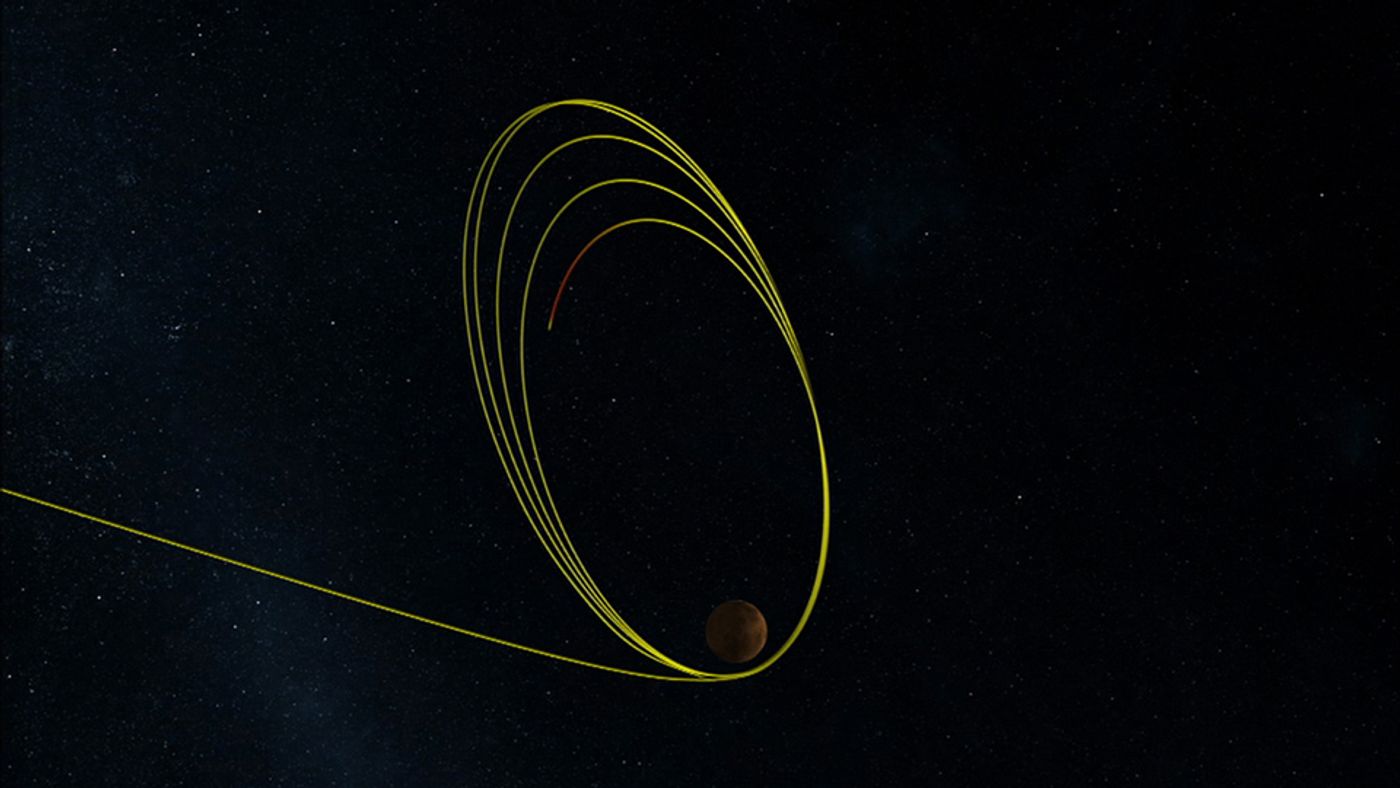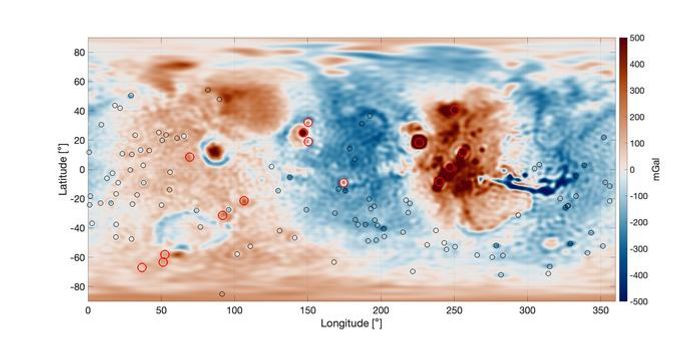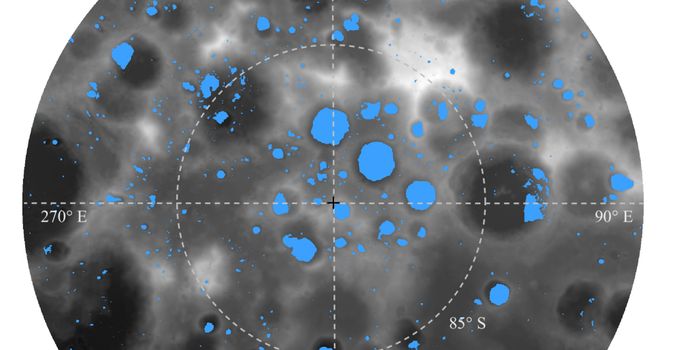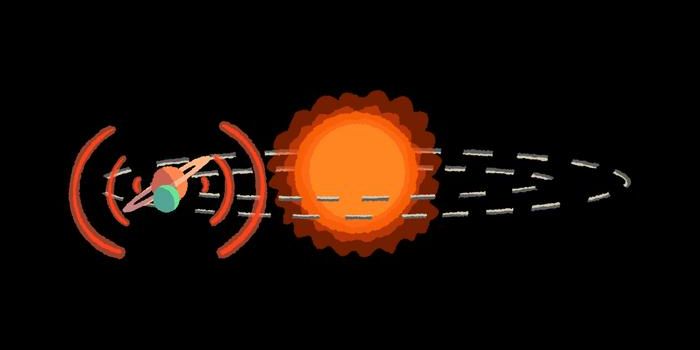Using Solar Panels to Enter Mars Orbit
Getting to Mars is hard. Really hard. Really, really hard. It’s so unbelievably hard, it takes years—often decades—for a mission to Mars to go from a concept to hardware, and then you have to launch and successfully get there. These missions aren’t just jobs at stake, but potentially someone’s entire career. As of 2021, of the 48 missions sent to the red planet, there has been only a 43.8% success rate, with four additional partially successful missions. These failures have included mishaps such as failing to reach Earth orbit, lost en route to Mars, lost upon arriving at Mars, and missing Mars entirely.
For those spacecrafts that successfully arrive at Mars, it requires 24-hour surveillance from ground crews on Earth to monitor the spacecraft while it uses what’s called aerobraking to ensure it successfully enters orbit. This procedure requires a lot of fuel from the spacecraft, time, and ultimately, money, while the spacecraft itself performs very elliptical orbits to slow itself down enough to enter orbit.
To help conserve the aforementioned issues regarding aerobraking, a recent study published in the Journal of Guidance, Control, and Dynamics proposes an autonomous method that will utilize computer algorithms to steer the spacecraft’s solar panels, ultimately assisting in the aerobraking technique.
"If we can rotate the solar panels, we can control how much drag is generated and we can actually steer during the atmospheric passes to control heating and energy depletion," said Dr. Zach Putnam, who’s an Aerospace Engineering Professor at the University of Illinois Urbana-Champaign. "This means we can fly much closer to operational constraints, and aerobrake much faster."
Guisy Falcone, lead author of the study and Professor Putnam’s PhD student, used the spacecraft’s ability to rotate its solar panels and calculated how they could be used to better optimize and ultimately control the drag of the spacecraft during the aerobraking procedure. While this study is focused on automating just one pass through the atmosphere, Professor Putnam said this process would be repeated may times during a complete aerobraking campaign. If ultimately successful, this new automated aerobraking procedure has implications for reducing cost and mission risk on larger scales.
"The trip out to Mars takes somewhere between six to nine months. We can't really change that, but we think we can shorten the time it takes to aerobrake to a low-altitude orbit," Professor Putnam said. "And the propellant onboard we save can be used to do other things like keep the spacecraft alive longer."
Sources: NASA Science; Journal of Guidance, Control, and Dynamics









